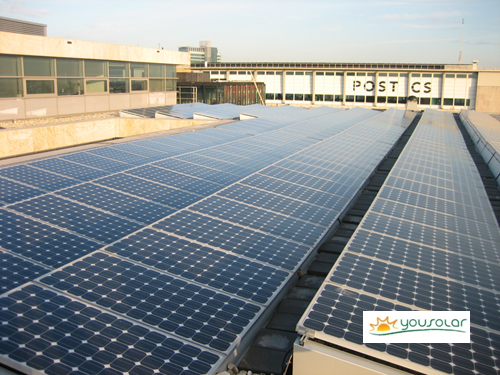The solar industry has confounded analysts and market researches for a long time now as the prices have fallen each year much faster than expected. The Chinese economic system has been the biggest factor as large companies keep running year after year without making a single dollar of profit. Huge subsidies by the government in China to hundreds of companies ensure hyper competition, where these companies keep on reducing prices and costs for survival. Excess capacity never goes out of the market, as bankrupt companies are bought by other Chinese companies who keep running the factories at full tilt.
Also read Will China’s lower solar power feed in tariffs affect the industry growth?
The industry has remained in a perpetual state of overcapacity since 2012 when a major downturn led to a sharp decline in prices. The overcapacity reduced in 2014 as price elasticity led to increased global demand, major companies again started expanding capacity all over the world. The growth was again led by the Chinese solar majors such as Canadian Solar, Trina Solar, Jinko Solar and others who could not let go of marketshare. Apart from these other Chinese companies such as Longi/Lerri and GCL Poly have entered the solar cell and panel market in a major way by building up gigawatt scale factories.
The abrupt shutdown in Chinese demand in July led to another precipitous decline in solar panel prices which fell 20% within a span of one month, leading to prices going below costs for almost all solar companies. Huge layoffs were announced and companies deferred or cancelled solar expansion. Taiwanese companies which report monthly revenues saw their cell revenue fall by 50-80% year on year as orders dried up and prices became a joke.
Over the last 2-3 weeks, prices have stopped falling with solar panel prices bottoming at around 40 cents/watt and cell prices going down to just 18 cents/watt. At these prices nobody is making money and large number of Tier 2 players are losing money hand over fist. The inventory drawdown seems to have finished and solar wafer prices in fact increased by 1% to around 13 cents/watt.
Though prices have now become flat, nobody knows what will happen next. Demand globally is expected to remain flat in 2017 at around 70 GW as major markets such as Japan, China and USA will not expand in a major way. China and Japan are facing grid issues in moving solar power from plants to consumption centres and may in fact decrease demand. USA should keep expanding at a steady pace but it remains to be seen whether it can compensate for a fall in Chinese demand.
Price elasticity may not play a role given that the problem is the volume and not the price. At 70 GW, solar is already much bigger than wind and other forms of electricity in terms of volumes installed. The price elasticity factor will only work over a longer period and not in a short time period. I expect that the prices should remain more or less flat from now on, as producers have no room to let the prices fall much further. In the long run, prices will decrease but that will be due to technological advances that keep occurring in the solar industry. However, the 20% decline in solar has pretty much covered the expected fall in solar prices over the next 2 years. I don’t expect anybody to expand capacity much in these times, given that everyone (except for a couple of well capitalized Chinese companies) is looking at survival.
Google+


